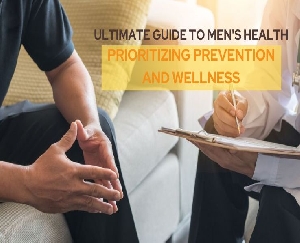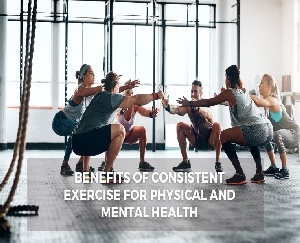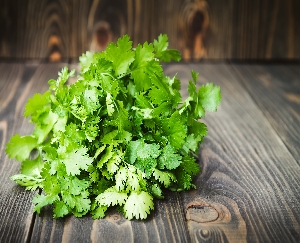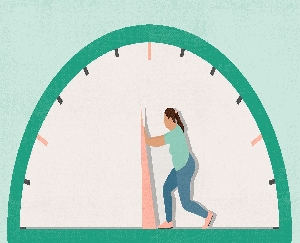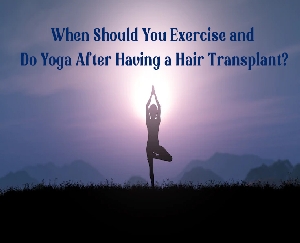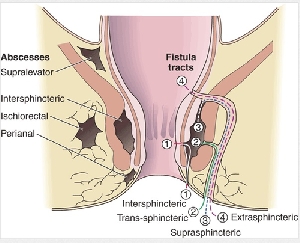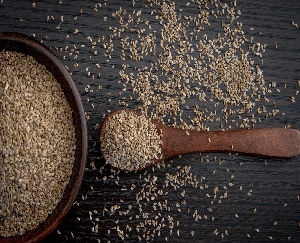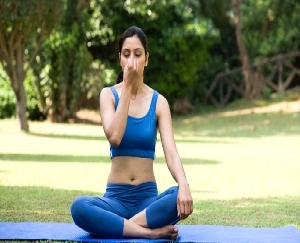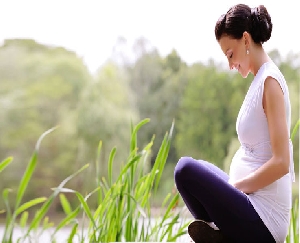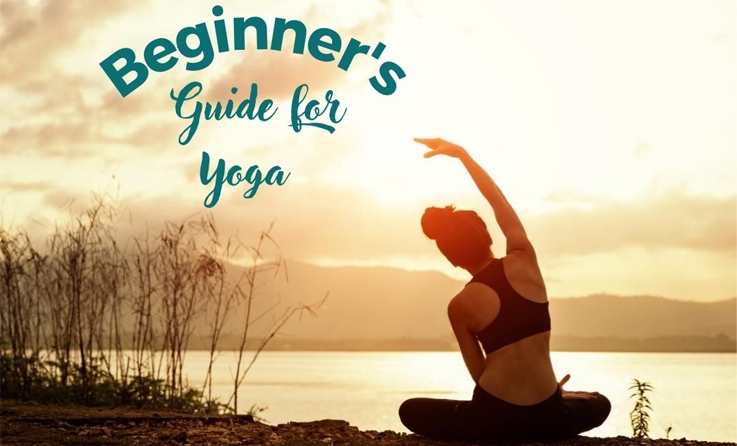
Yoga is a practice that dates back thousands of years and is a type of mind-body meditation. Pranayama breathing techniques, meditation, and asanas are all a part of yoga (postures). Yoga, which blends body movements (via yoga postures) with the breath, derives its verbal meaning from the Sanskrit verb root Yuj. The practice of yoga can also align the mind, body, and soul. Here we discuss some Facts About Practising Yoga in the Beginning.
Important Tips for Beginners
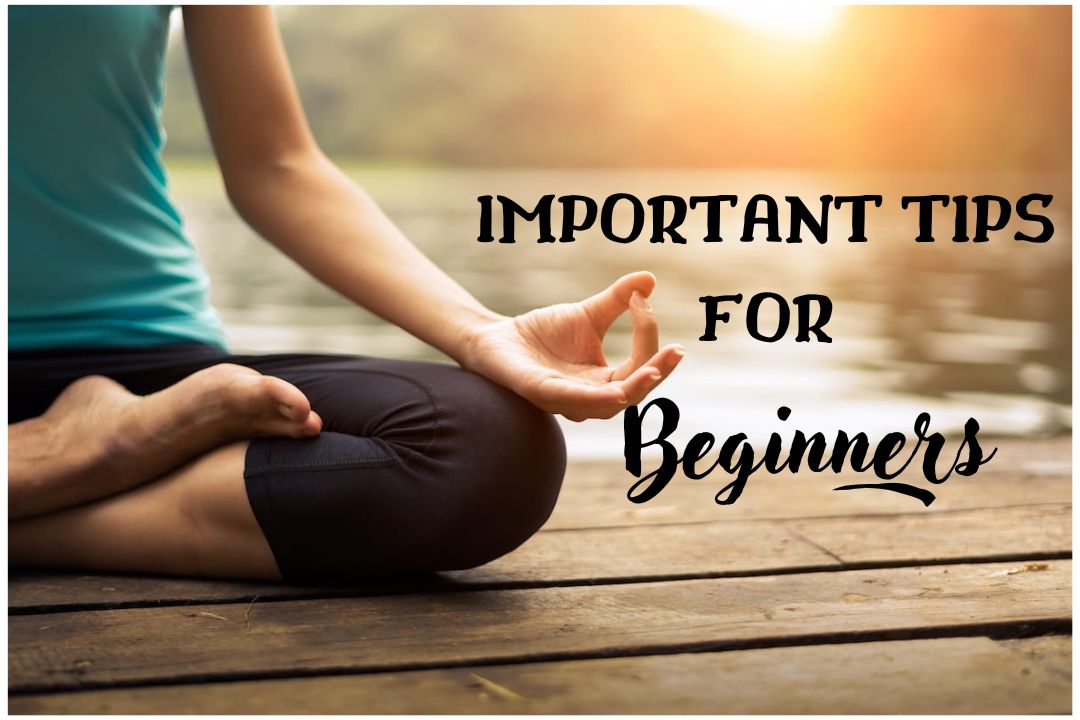
Here are some tips for beginners who are interested in practicing yoga:
Start with a Beginner's Class: If you're new to yoga, it's important to start with a beginner's class so you can learn the proper form and techniques.
Wear Comfortable Clothing: Wear comfortable, loose-fitting clothes that allow you to move freely.
Don't Worry About Perfection: Don't worry about being perfect since yoga is about finding balance and relaxation. Just enjoy your time and try your best.
Use Props: If you're having trouble with a particular pose, don't be afraid to use props such as blocks or straps to help you out.
Listen to Your Body: Yoga is all about discovering what your body responds well to. Don't make a pose if it doesn't seem correct.
Be Patient: It takes time to improve in yoga, so be patient with yourself and trust the process.
Find a Good Instructor: A good instructor can make all the difference, so take the time to find one that you like and feel comfortable with.
Release Prospects
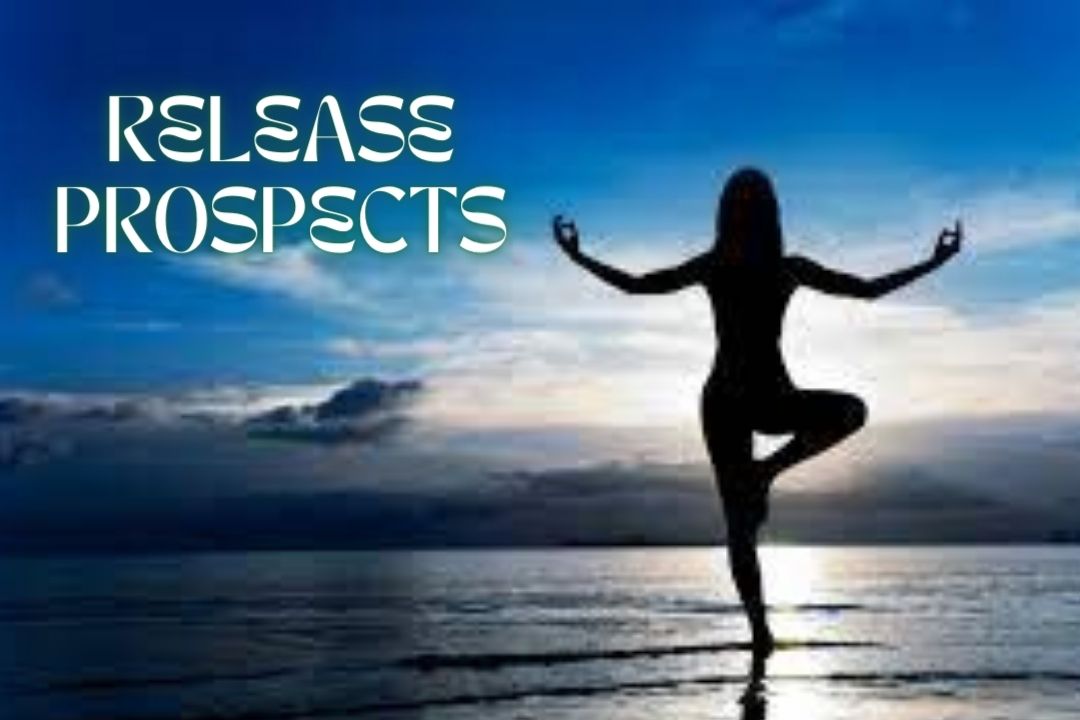
There are many potential benefits to practicing yoga, including physical, mental, and emotional benefits. Some potential physical benefits of yoga include improved flexibility, strength, and balance. Yoga can also help to reduce stress, improve sleep, and increase mindfulness and self-awareness.
There is also some evidence that yoga may have other health benefits, such as reducing chronic pain, improving cardiovascular health, and aiding in the management of certain medical conditions like anxiety, depression, and diabetes.
However, it's important to keep in mind that every individual is different and will experience different benefits from practicing yoga.
Pick a Style
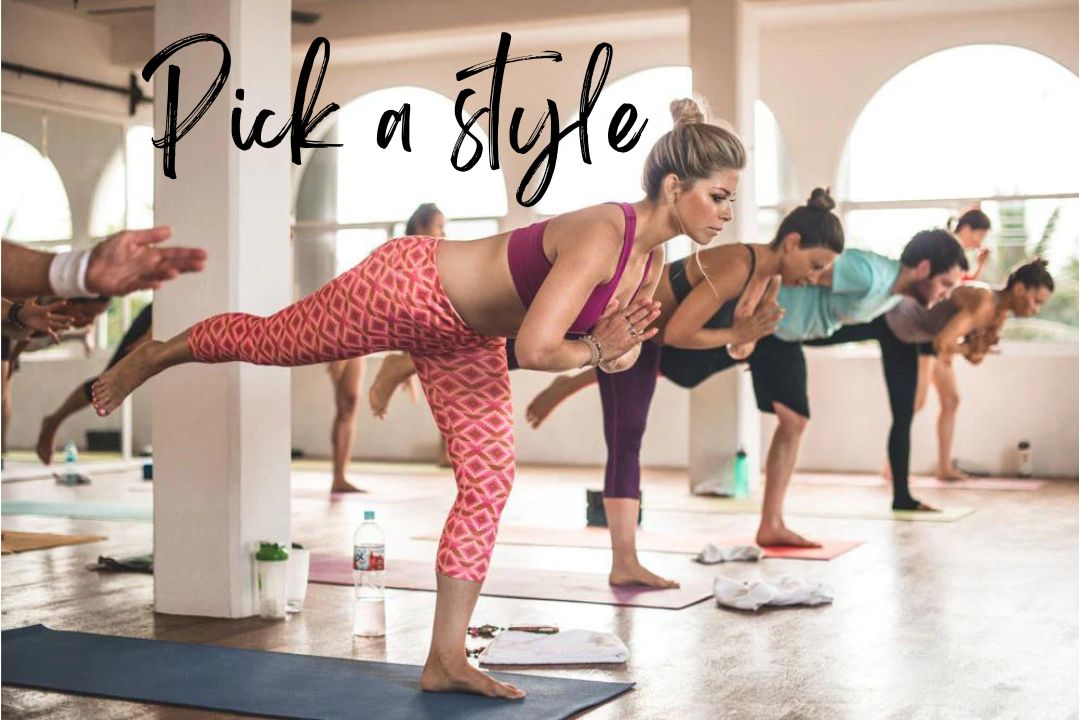
For beginners, Hatha yoga or a gentle Vinyasa class might be a good place to start. These styles tend to be slower-paced and focus more on proper alignment and relaxation. Iyengar yoga, which also emphasizes proper alignment, can be a good choice for beginners as well.
If you're looking for a more physically demanding practice, you might want to consider trying a beginner-level Ashtanga or Power Yoga class. These styles involve more vigorous movement and can be more physically challenging, but they can also be very energizing.
Ultimately, the best style of yoga for you will depend on your personal preferences and goals. It might be helpful to try out a few different styles to see which one you enjoy the most.
It's a good idea to try out a few different styles to see which one you like best. You may also want to consider factors such as the level of physical difficulty and the focus of the class (e.g. physical conditioning, relaxation, spiritual growth)
Try Yoga at Home
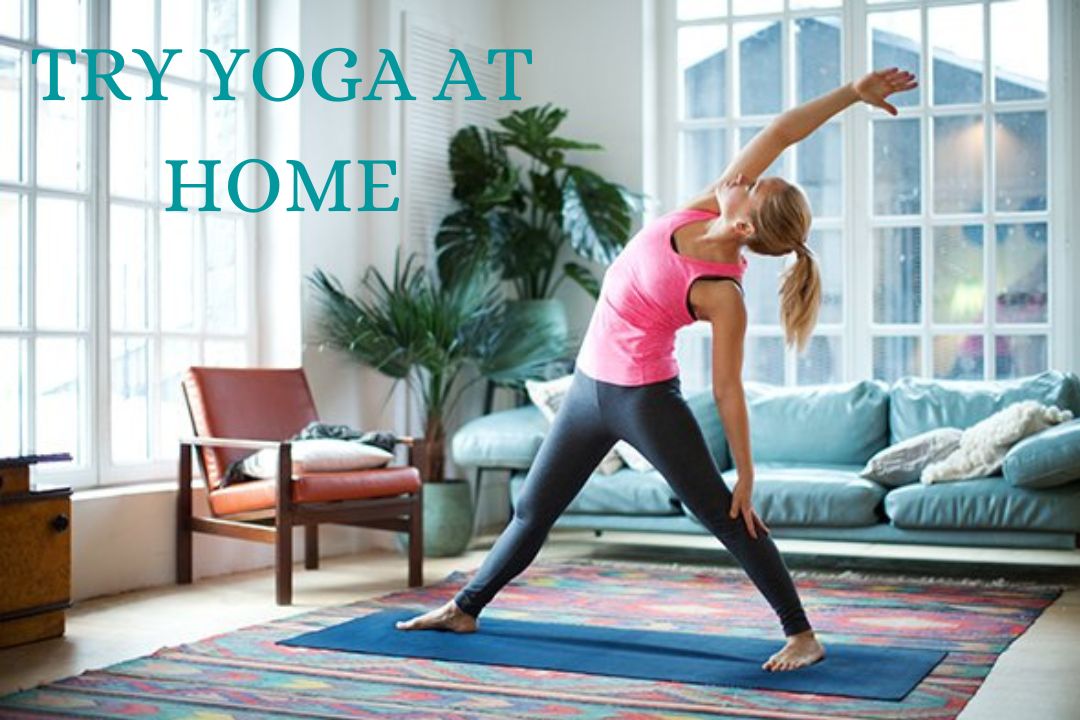
If you're a beginner then trying yoga at home, there are a few simple steps you can follow:
- Find a place in your house that is calm and relaxing to practice.
- Gather any props you might need, such as a yoga mat, blankets, blocks, and straps.
- Choose a beginner-level yoga class or tutorial online or on a DVD. There are many free resources available, or you can sign up for a streaming service that offers yoga content.
- Follow the instructor's guidance and try your best to replicate the poses to the best of your ability. It's okay if you can't do everything perfectly – just do your best and have fun.
- Remember to pay close attention to your body and pause when required. If a position doesn't seem natural, don't force it.
- After your practice, take a few minutes to relax in savasana (corpse pose) and let your body absorb the benefits of your practice.
How to Prepare
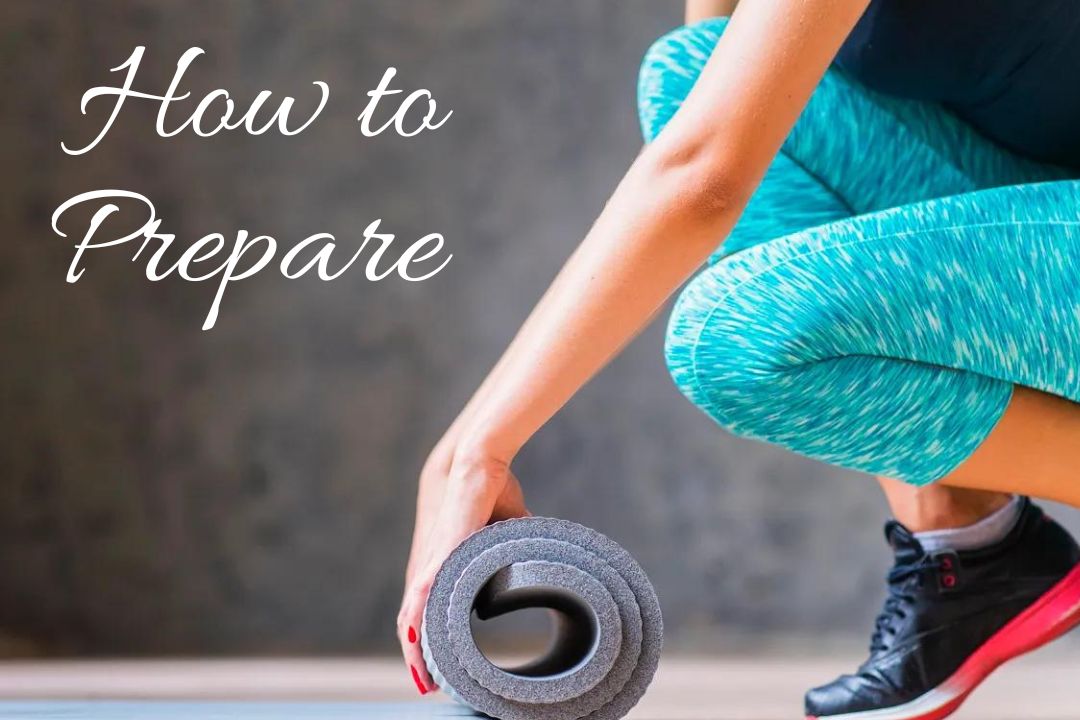
Here are a few tips for preparing for your yoga practice:
- Dress in loose-fitting, comfy clothing that allows you to move easily. Wearing restricting or too-baggy clothing is not recommended.
- Choose a quiet, comfortable space in your home or at a studio where you can practice. Make sure the area is well-ventilated and at a comfortable temperature.
- If you're practicing at home, gather any props you might need, such as a yoga mat, blankets, blocks, and straps.
- If you're practicing at a studio, arrive a few minutes early to give yourself time to set up your mat and get settled.
- It's generally recommended to practice yoga on an empty stomach, so try to avoid eating a heavy meal right before your practice.
- Be sure to hydrate before and after your practice to keep your body properly hydrated.
Most importantly, come to your practice with an open mind and a willingness to learn and explore. Yoga is about finding balance and relaxation, so don't worry about being perfect.
What You'll Require
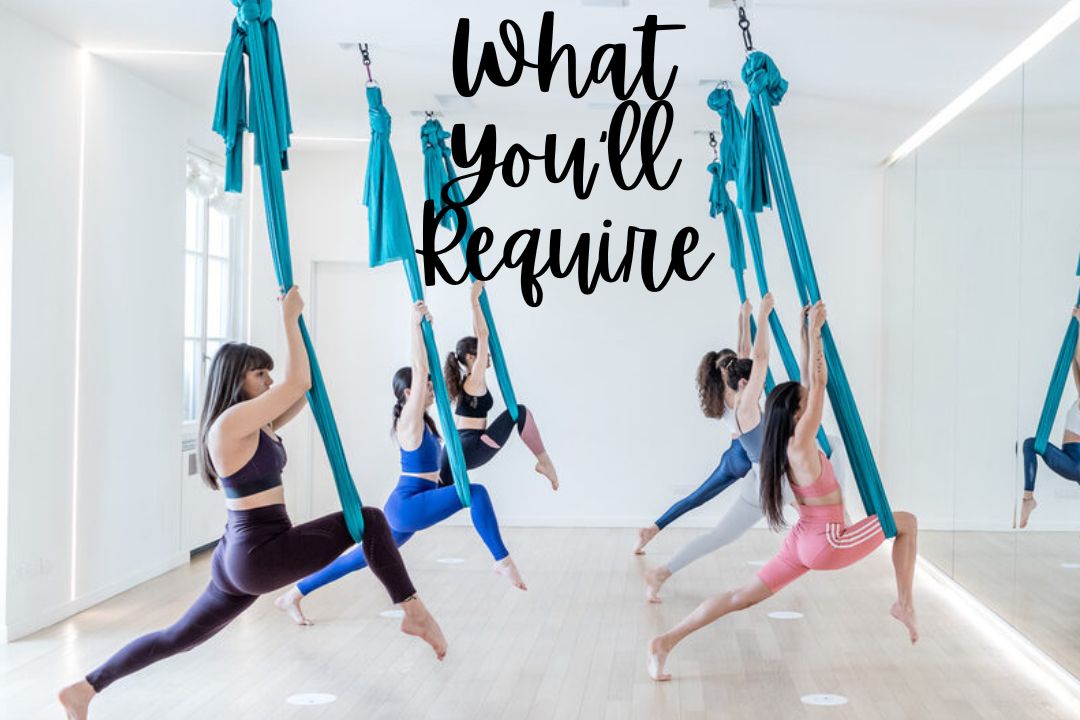
Here is a list of items that you might need for your Yoga Practice:
A Yoga Mat: A mat is a helpful tool for providing a non-slip surface to practice on and for helping to cushion your body during certain poses.
Comfortable Clothing: Wear clothing that is comfortable, stretchy, and allows you to move freely. Avoid wearing clothes that are too baggy or restrictive.
Props: Depending on your level of experience and the style of yoga you're practicing, you might find it helpful to use props such as blankets, blocks, straps, and bolsters. These can help you to achieve proper alignment and support your body in certain poses.
Water: It's important to stay hydrated during your practice, so be sure to bring a water bottle with you.
A Towel: If you're practicing in a hot or strenuous class, you may want to bring a towel to wipe away sweat.
A Yoga Strap: A strap can be useful for helping you to reach your feet or for adding resistance to certain poses.
That's a basic list of what you might need for beginner yoga practice. Of course, the specific items you'll need may vary depending on your individual needs and preferences.

Dr. Naveen Chauhan
BAMS, PGCRAV (Ay. Surgery)Founder Director, Shri Dhanwantari Clinic, Ghaziabad






